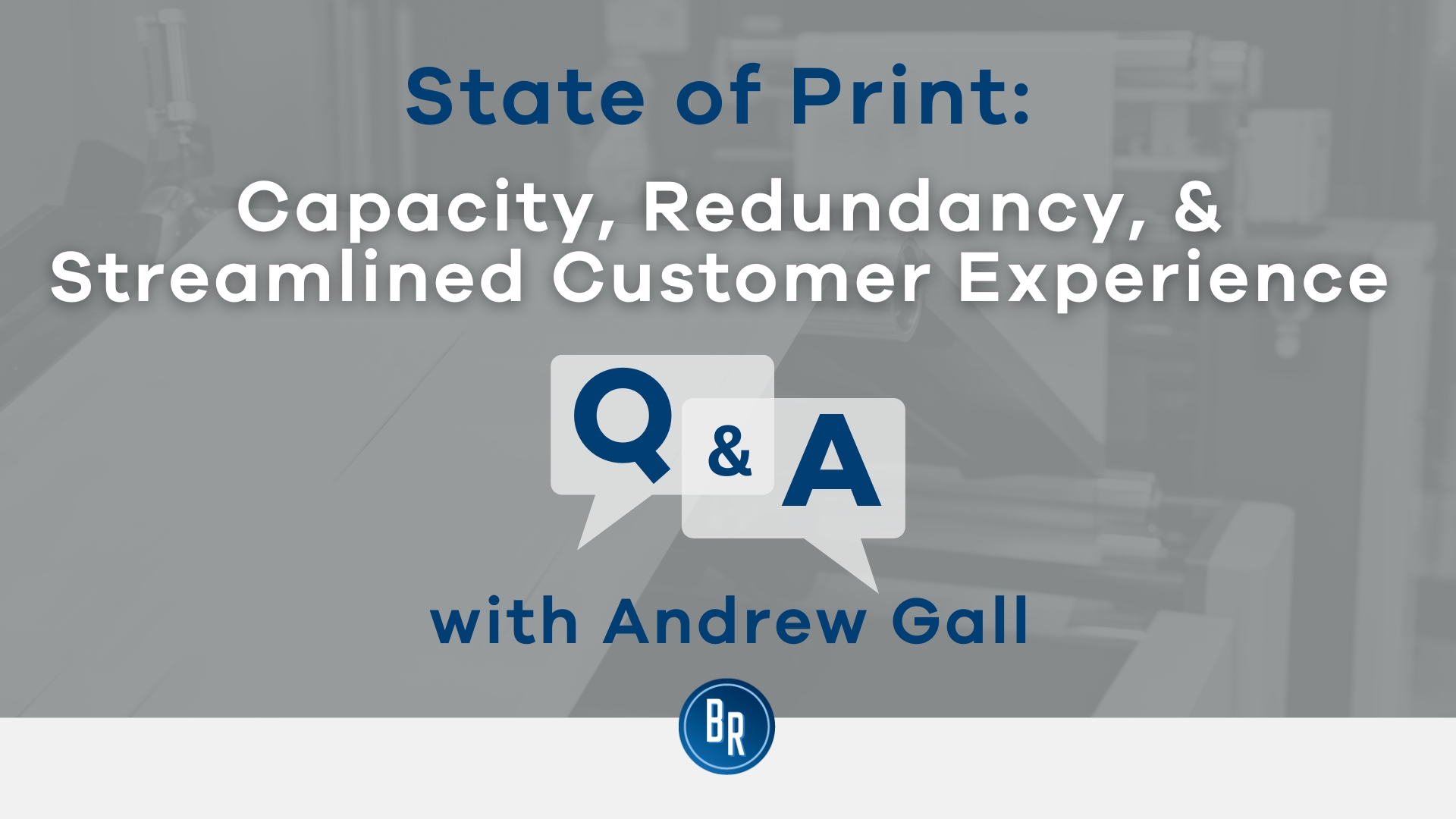Who Pays Redundancy Money? Recognizing Employer Duties in the UK
Who Pays Redundancy Money? Recognizing Employer Duties in the UK
Blog Article
Checking Out the Operational Dynamics of Firm Redundancy and Its Long-Term Sustainability

Redundancy Techniques for Company Connection
In order to ensure continuous operations, services should implement reliable redundancy methods for service continuity. Redundancy in this context describes the replication of vital elements or features within a system to mitigate the influence of potential failures. By including redundancy techniques, companies can boost their resilience versus disturbances brought on by different variables such as natural catastrophes, tools failures, or cyber-attacks.
One usual redundancy method is the application of backup systems and information storage space solutions. This includes producing matches of important data and systems that can be triggered in situation of a key system failing. In addition, companies can develop redundant communication channels and source of power to maintain connectivity and operations during unanticipated occasions.
Moreover, cross-training workers to execute several duties within the business can serve as a useful redundancy method. If essential workers are unavailable due to health problem or various other reasons, this ensures that vital jobs can still be brought out also. Generally, effective redundancy strategies are important for companies to support functional connection and reduce the effect of prospective disruptions.
Influence of Redundancy on Business Resilience
Offered the important function redundancy strategies play in making sure business connection, checking out the influence of redundancy on organizational durability becomes important for understanding the all natural operational characteristics of a business. Redundancy, when strategically carried out, can considerably add to improving an organization's resilience in the face of unexpected obstacles.
In addition, redundancy can cultivate development and imagination within a company as staff members really feel equipped to take computed risks, recognizing that there is a safety net to support them in instance of failure. On the whole, the impact of redundancy on organizational strength is extensive, shaping the lasting sustainability and success of a business.
Stabilizing Effectiveness and Flexibility in Redundancy
Attaining an unified balance in between functional efficiency and flexible versatility is a crucial obstacle in the strategic deployment of redundancy within organizations. Reliable procedures are necessary for preserving efficiency and cost-effectiveness, making certain that resources are made use of efficiently. However, too much focus on performance alone can result in rigidness, making it tough for companies to adjust to unexpected changes or difficulties. On the other hand, adaptability enables organizations to react click this link nimbly to progressing situations, promoting development and resilience. Yet, also much versatility without a strong functional structure can result in inadequacies and disparity.
To balance efficiency and flexibility in redundancy planning, organizations have to very carefully assess their operational demands, market dynamics, and calculated objectives. Inevitably, discovering the appropriate equilibrium in between efficiency and adaptability is vital for developing a sustainable and resilient company in the face of uncertainty.
Long-Term Sustainability Via Redundancy Planning
To ensure long-lasting stability and stability, companies need to purposefully straighten their redundancy preparation with long-term sustainability goals, thereby integrating operational effectiveness with flexible versatility. Long-term sustainability via redundancy planning involves more than just short-term cost-cutting actions. It needs an extensive critical technique that prepares for future obstacles and chances. Firms ought to view redundancy not as a responsive remedy to immediate troubles however as a positive method for lasting success. By integrating redundancy planning with sustainability objectives, organizations can develop a resistant structure that can withstand various market fluctuations and inner changes.

Proactive Procedures for Lasting Firm Operations
How can business proactively enhance their operational sustainability for long-lasting success? Executing positive steps is useful link vital for business intending to make sure sustainable procedures.
Furthermore, fostering a society of continual renovation and learning within the organization can improve versatility to changing market conditions and consumer demands. Encouraging employee participation in decision-making procedures and giving possibilities for professional growth can improve morale, productivity, and overall efficiency. Developing clear objectives, monitoring essential efficiency signs, and regularly evaluating progression are vital elements of proactive sustainability management.
Teaming up with distributors, consumers, and other stakeholders to advertise lasting practices throughout the supply chain can produce a surge result of favorable impact - redundancy pay if company goes bust. By taking positive steps towards functional sustainability, companies can develop durability, drive development, and secure their lasting success in an ever-evolving organization landscape
Conclusion

In the world of organizational management, the critical release of firm redundancy stands as a crucial yet detailed method that necessitates a fragile equilibrium between operational performance and long-lasting practicality. By dissecting the functional characteristics that underpin business redundancy and reviewing its wider implications for business resilience and flexibility, a nuanced understanding of how redundancy approaches can shape the future trajectory of a firm begins to unravel.Given the crucial duty redundancy techniques play in making certain service continuity, exploring the influence of redundancy on business durability becomes essential for understanding the all natural operational characteristics of a business. Overall, the influence of redundancy on organizational resilience is extensive, forming the long-term sustainability and success of a company.
In final thought, comprehending the operational characteristics of company redundancy is crucial for ensuring long-term sustainability.
Report this page